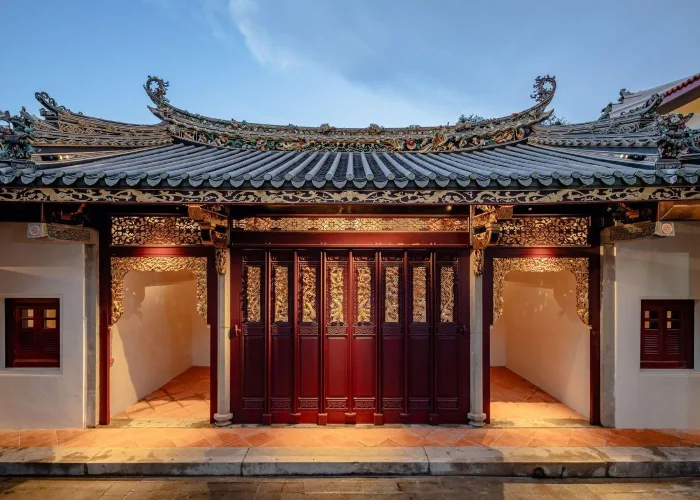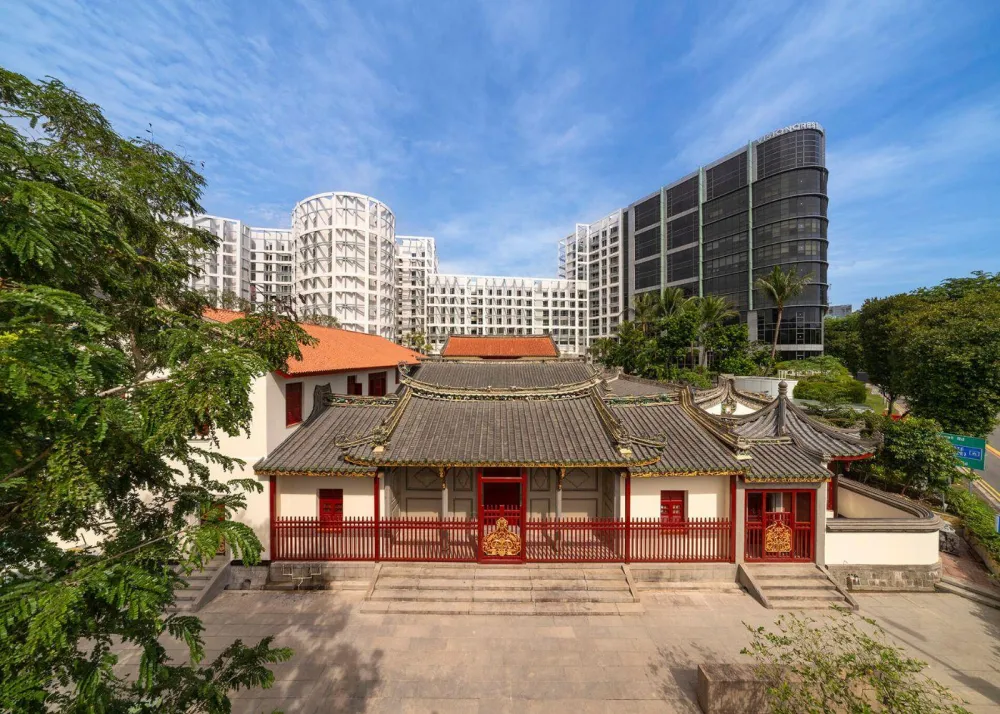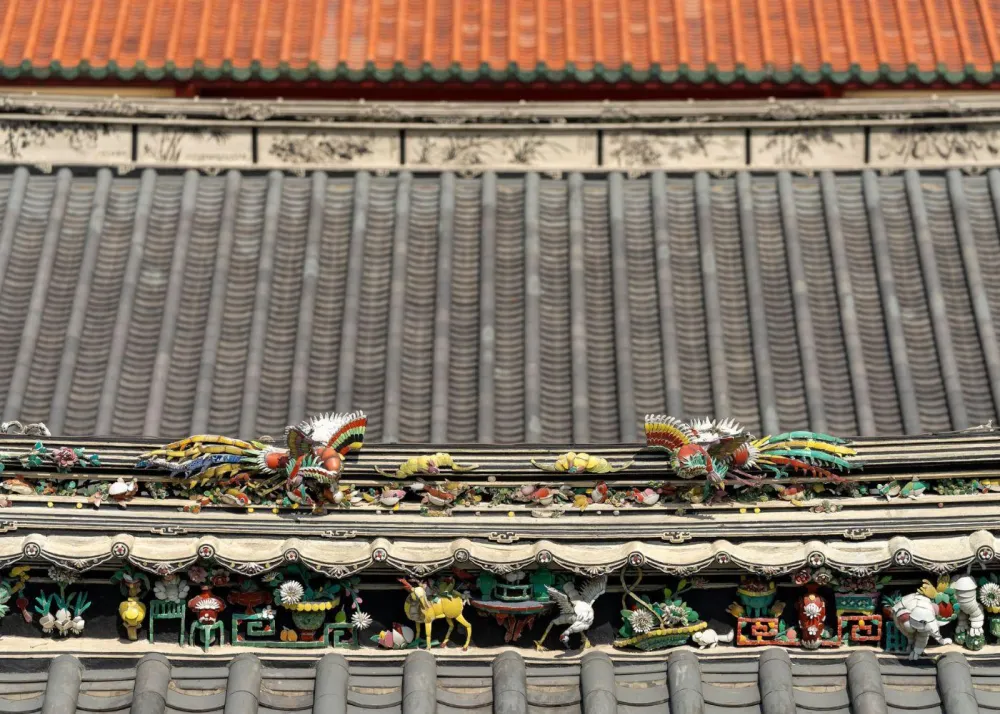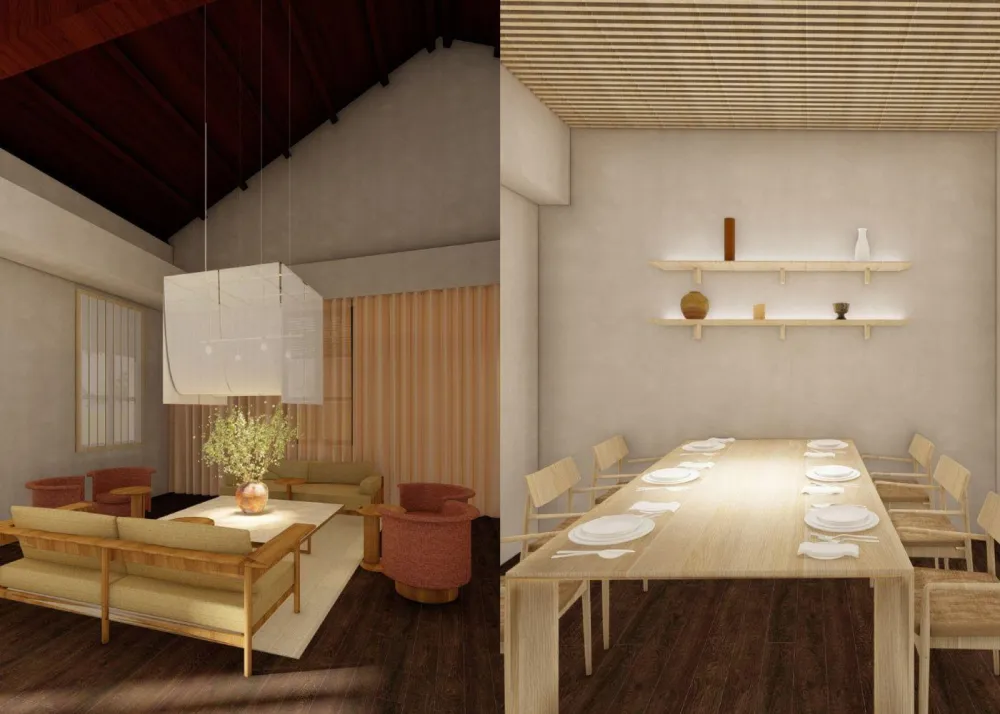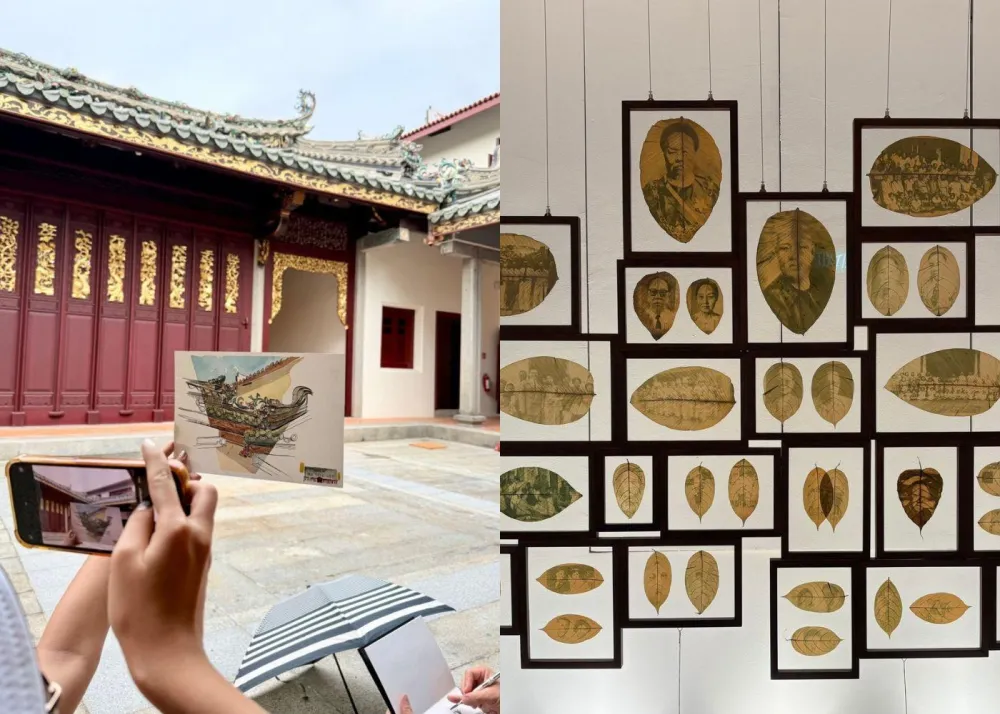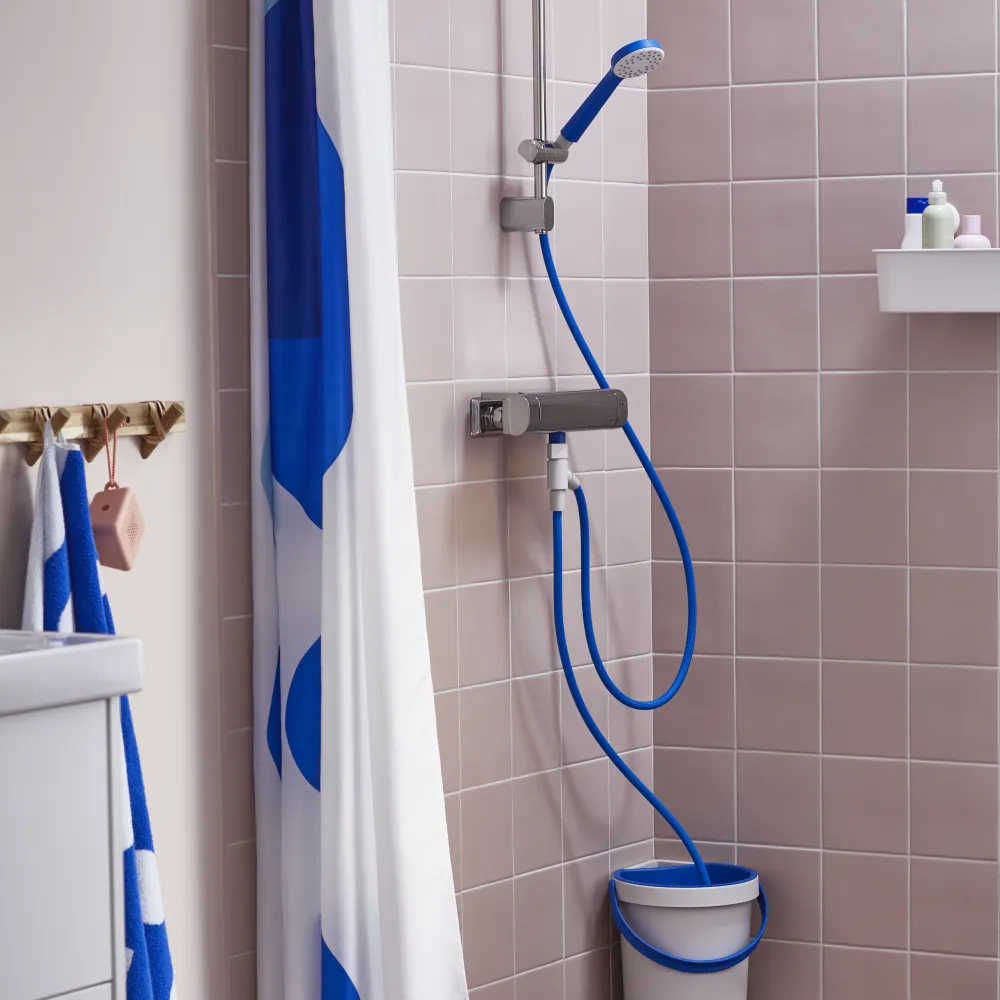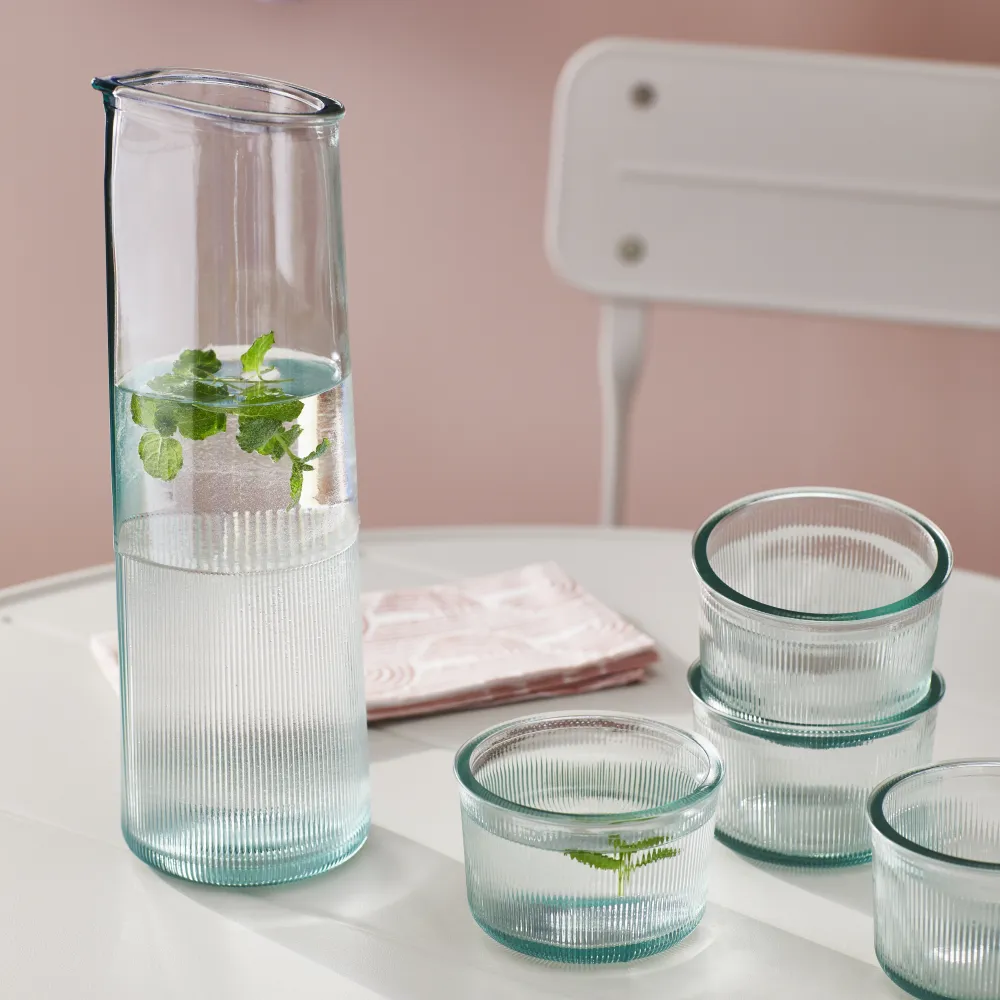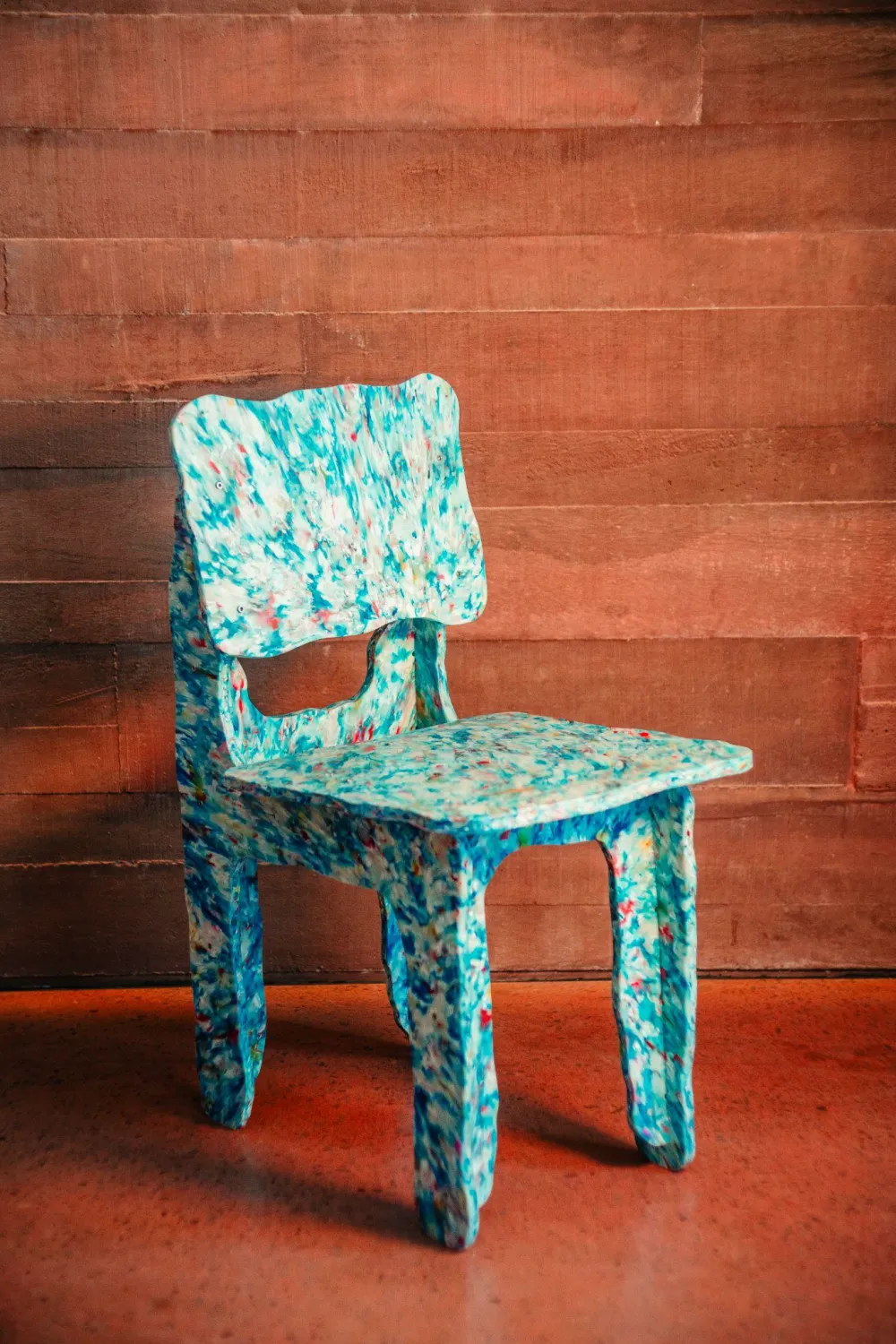The start of a new year means an opportunity for change. And by change, we mean finding time to redecorate and breathe new life into your personal spaces.
Singapore is home to a vibrant design scene with plenty of hidden gems offering stylish and distinctive homeware pieces. You don’t have to look beyond the city’s borders to be treated to artisan items or decorative pieces that bring a little flair into your homes and make fantastic conversation starters.
If you’re looking for handcrafted furniture or modern artisanal designs, these local shops have something special to elevate your space. We’ve curated a list of places where you can find home décor that truly stand out.
Sunday Bedding
This shop was established by Singaporean couple, Alex and Clara, who while shopping for their first home realized how little they knew about buying linens and how these things can affect how we sleep.
Sunday Bedding offers bed sheets that are not only well-made and sustainable but also budget-friendly. One of their most popular products is Bamboo sheets, which are made from 100% Bamboo Rayon, making it more absorbent than cotton. It’s perfect to use when you’re living in a country with a humid climate.
The brand also offers other items such as bath towels and loungewear. You can buy them online or at their physical stores in Raffles City, i12 Katong, and Holland Road shopping center.
Location: Sunday Flagship Store, Raffles City, 252 North Bridge Road, #03-39, S (179103)
Open daily from 11 AM to 9 PM
Marmo
The brand began as a side project because its owners had marble waste and offcuts piling up in their backyards. To address this, Marmo (“Marble” in Italian) was born, offering finely crafted objects and furniture made from 100% recycled premium stone — giving these irregularly shaped marble offcuts a second life.
More than furniture, the brand offers delicate home décor pieces such as candle holders, trays, and a classic Christmas tree set made of green Italian Verde marble. You can view and purchase their products on their official website.
Location: Marmo, 11 Changi South St 1, Singapore 486787
Un Studio
From delicate teaware ceramic pieces to sleek wooden benches and tables, Un Studio offers unique handmade items made by their studio and other independent ceramicists.
If you’re looking to find intricate and detailed figurines to display in your home or unique glassware or wooden stools or side tables to use, this is it. You can have items made-to-order or browse through their collections and creations on their website.
The shop also offers pottery workshops if you’re ever interested in dipping your hands into the art and creating your own.
Location: Un Studio, 47 Jalan Pemimpin, Halcyon 2, #04-03, Singapore 577200
Hands Design
Hands Design turns common woodwork into extraordinary art pieces by mixing them with resin. The head of the family business, Uncle Ray, was in the stained-glass industry for many years until he came across resin art on YouTube, which sparked his interest in the medium. He went on a training program in Washington and upon returning to Singapore, also learned woodworking.
They sell a variety of gorgeous wooden pieces from coffee tables and resin dishes to phone stands and charcuterie boards. You can check their creations online or message them for a custom piece. Hands Designs also holds workshop sessions for as low as S$90, which already allows you to create your own Resin tumblers!
Location: Hands Design, 5 Industrial Park 2A, TECH II #07-29, Singapore 567760
Hikari & Shores
Imagine a lighthouse or the coziest miniature cabin perched on a rock or a grassy hill that you can display on your wall. Hikari & Shores turns these gorgeous views into 3D paintings enclosed in clear glass that makes it seem like they’re floating in the frame.
Definitely the epitome of a unique home décor item! You can message Desmond on the store’s Instagram page if you’re interested in getting a custom piece or two.
Two Storytellers Inc.
This lifestyle brand was born from the social enterprise bookstore called, Books Beyond Borders, which helps raise money for girls’ education in Nepal. Two Storytellers was launched in 2024 and sells handmade, sustainable, and meaningful gifts that celebrate the rich stories behind every craft.
Their felt Christmas home décor items are especially adorable and you can find other products such as bags, notepads, and charms on their website which are all ethically made and sourced from Nepal.
Location: The Bookstore (Books Beyond Borders), 33 Erskine Rd, 01-08, Singapore
Open daily from 11 AM to 8 PM
Habichl
Looking for cute, tufted rugs? Local artist, Rachael, designs whimsical and colorful tufted rugs that will surely brighten any space. The brand’s name is a combination of her name and the word “habit,” which pertains to her habit of making.
On her website, you can see a variety of designs up for grabs. She has also extended her offerings to stationery and stickers, too!
Cruddy
If you’re looking to add a bit of character to your home, why not add an actual 2D character? Cruddy is a creative unit brand offering illustration services and merchandise featuring an original character named, Greg, which was designed by one of their artists, Vanessa Han. According to their website, their personal works are “inspired by real-life instances and curious thoughts.” These are presented through fun and relatable visuals that can be seen on many of their products from shirts and bags to stationery and keychains.
You can DM Vanessa should you want something custom-made or browse their online store for some of their vibrant merchandise.
Sumu Goods
Organizers play an important role in keeping your space neat and tidy. But that doesn’t mean those storage items can’t look stylish while they do their jobs of keeping your homes clutter-free.
Sumu Goods is a shopping and retail brand offering products for your organizing needs. On their website, you can find their full range of products from folding containers and desktop organizers to dual-purpose items such as folding container table tops.
You can also head on over to their physical store in Joo Chiat Place and follow them on Instagram for the latest product releases and announcements.
Location: Sumu Goods, 57A Joo Chiat Place, Singapore 427781
Open Monday to Saturday from 11 AM to 6:30 PM
Kra Sanctuary
Founded on “a desire to celebrate the beautiful in the everyday,” Kra Sanctuary sells handcrafted dinnerware and home décor accessories made by artisans. The brand’s name was derived from Isthmus of Kra, which is a place on the coast of Southern Thailand, where the products are imported from.
Kra Sanctuary’s carefully designed and crafted goods range from gorgeous dinnerware such as serving bowls, platters, and cutlery sets. They also have luxe ceramic items and silverware, which can elevate any kitchen space.
Visit their website to see their full catalog of products. You can also see their dinnerware staples in their partner stores.










